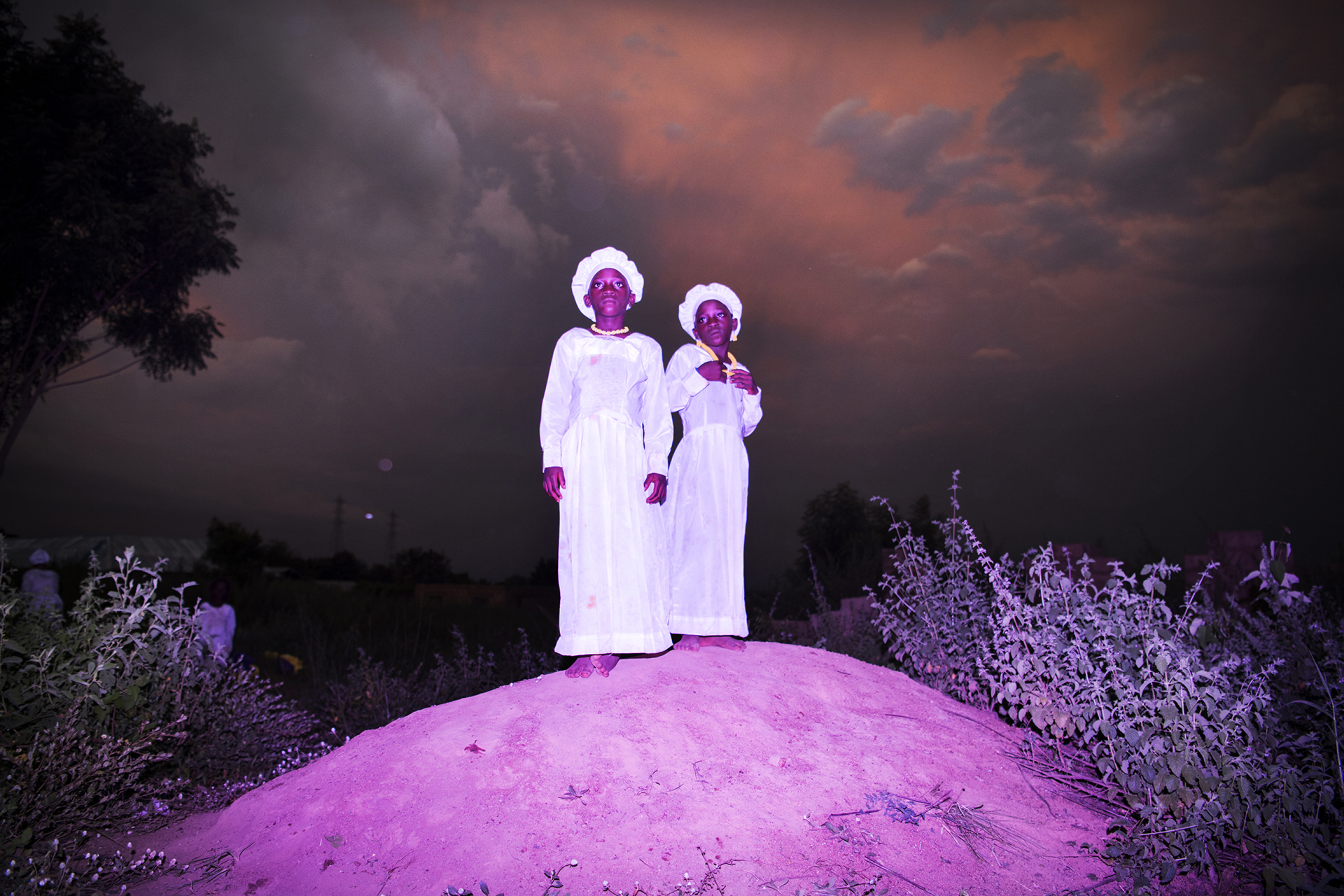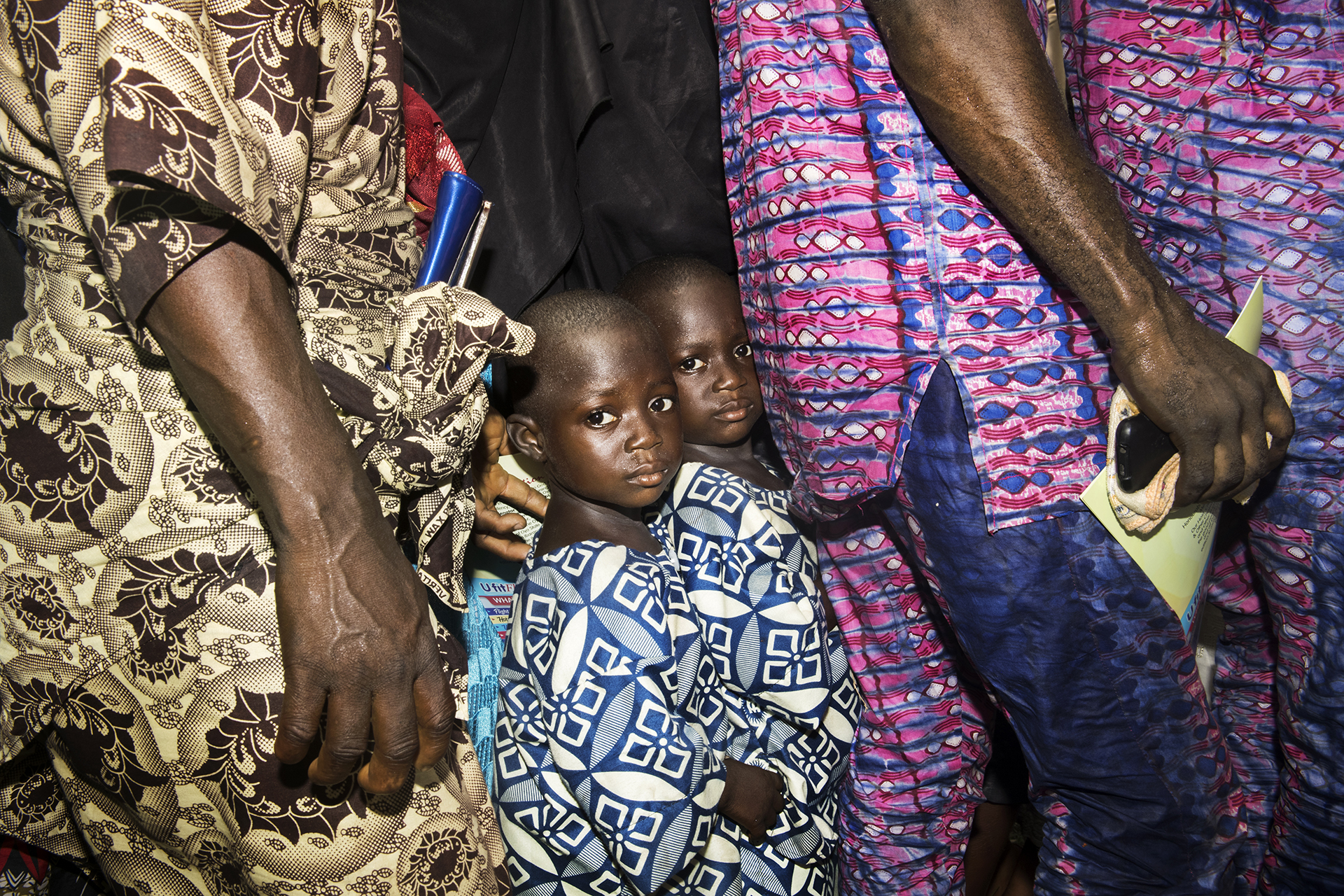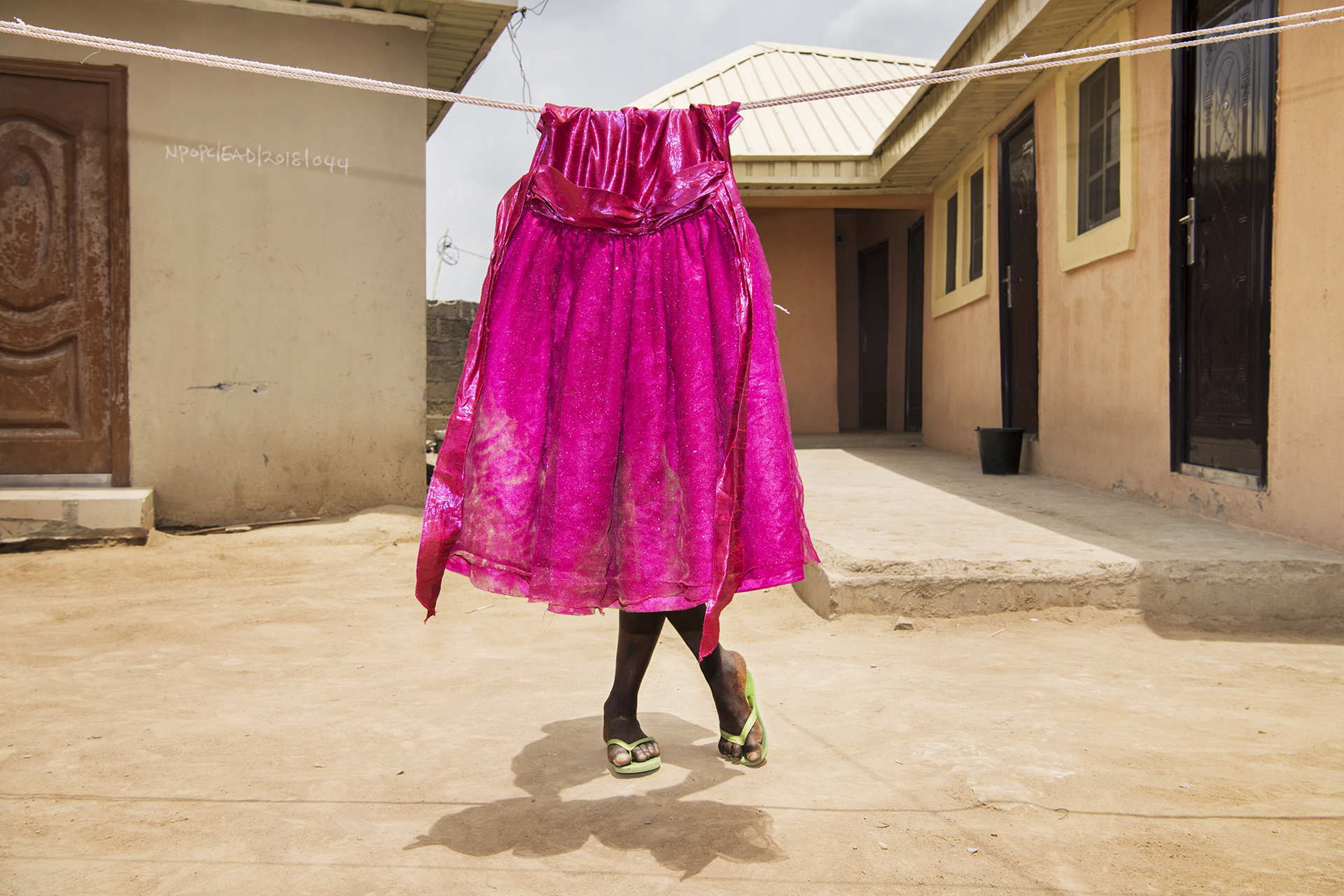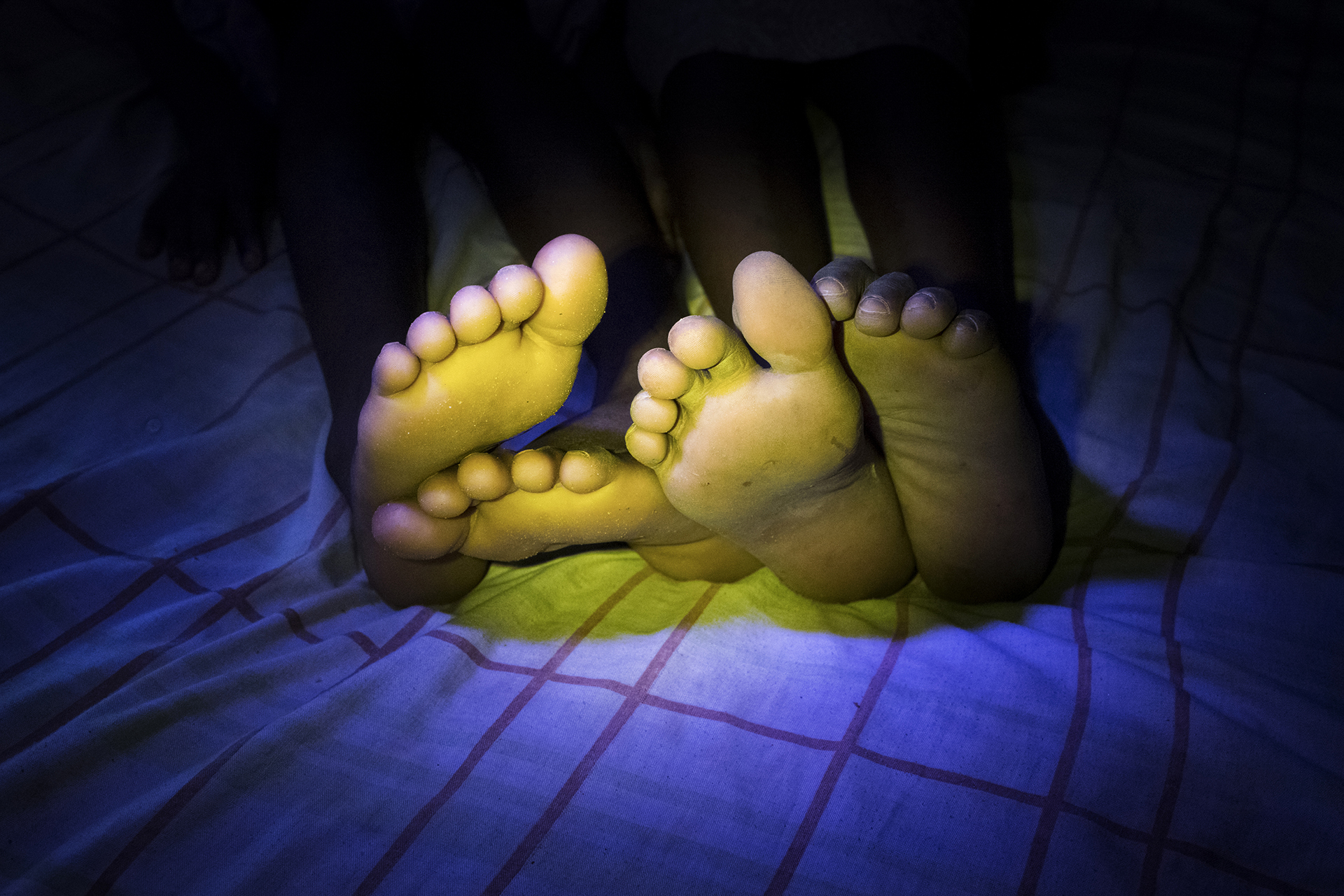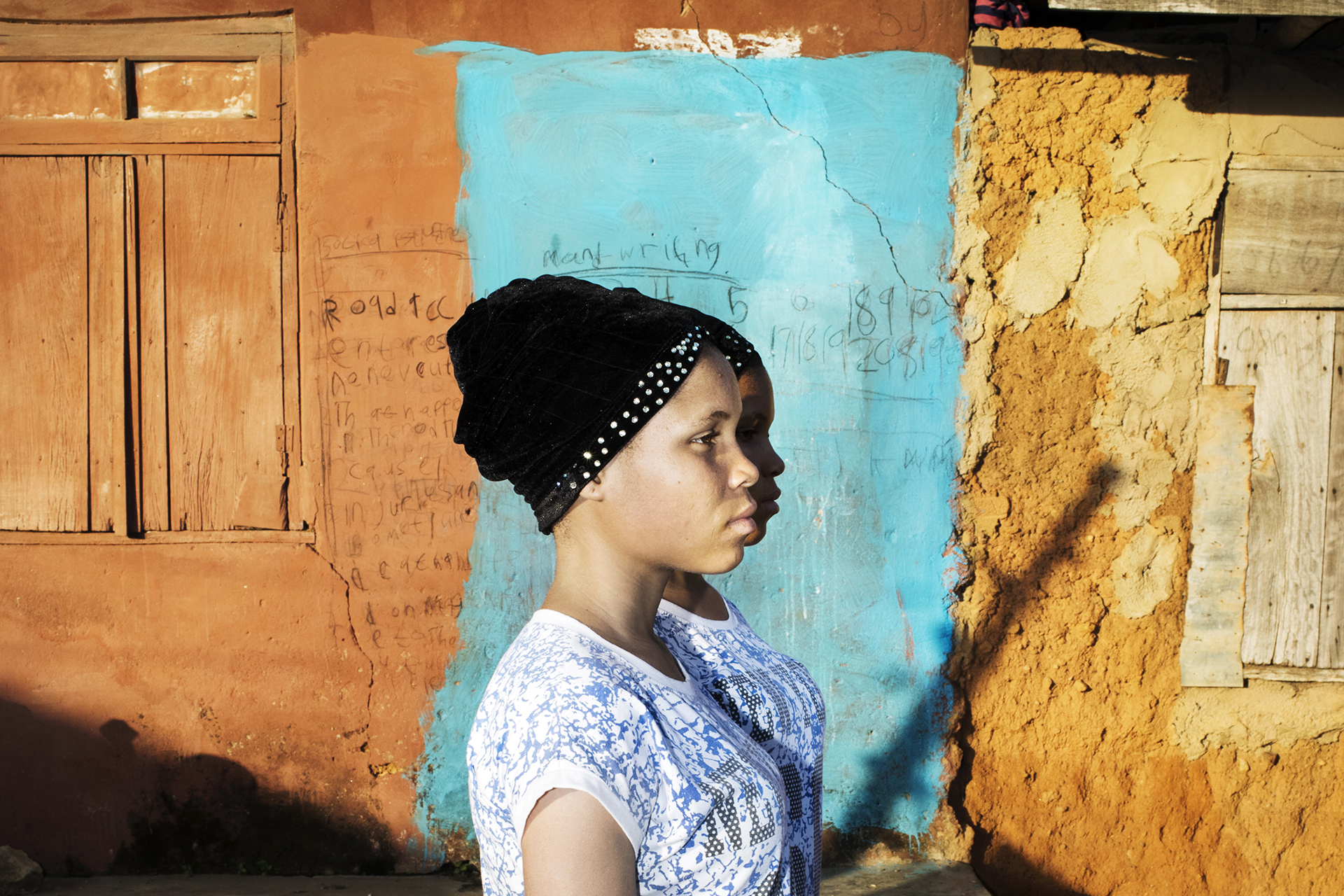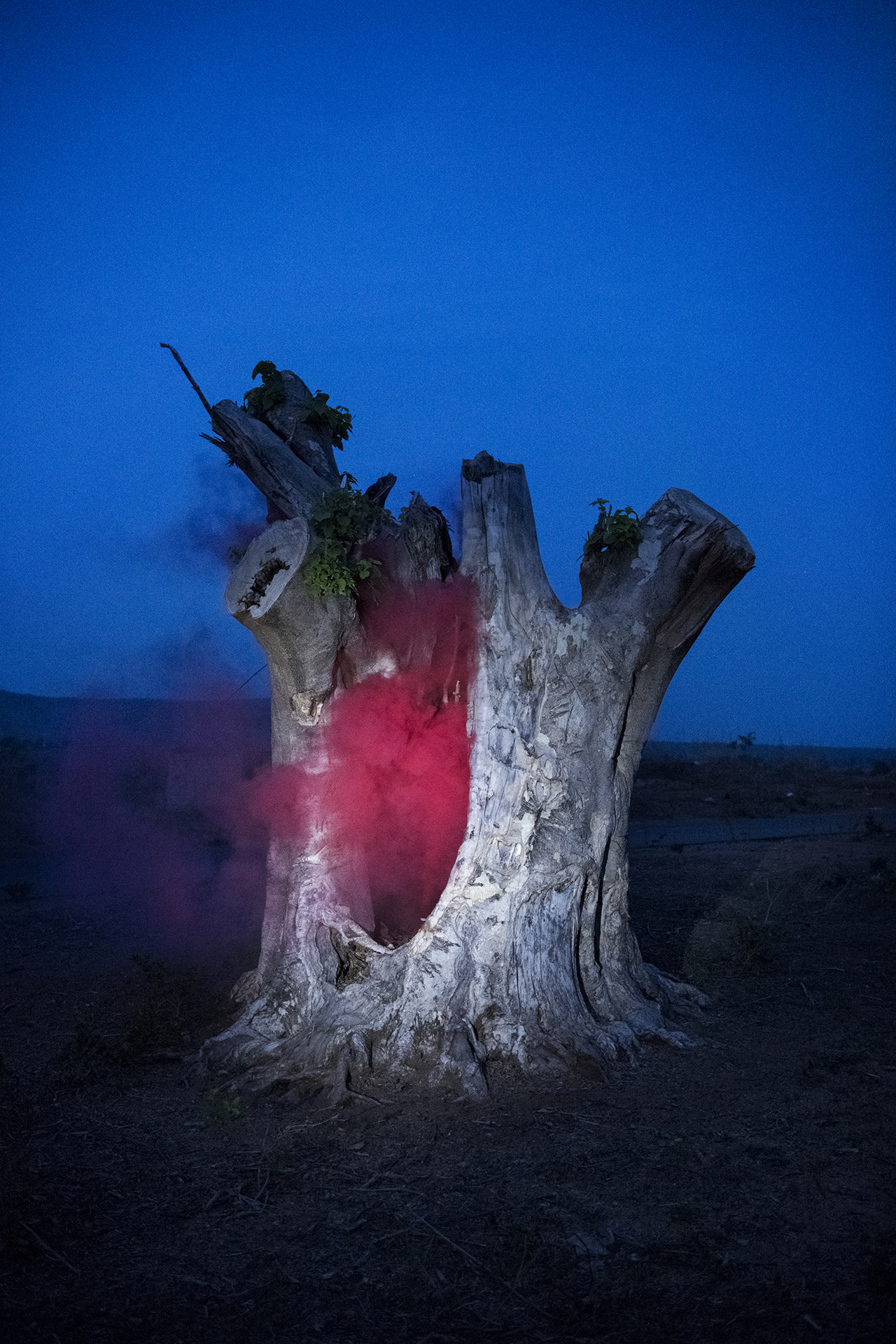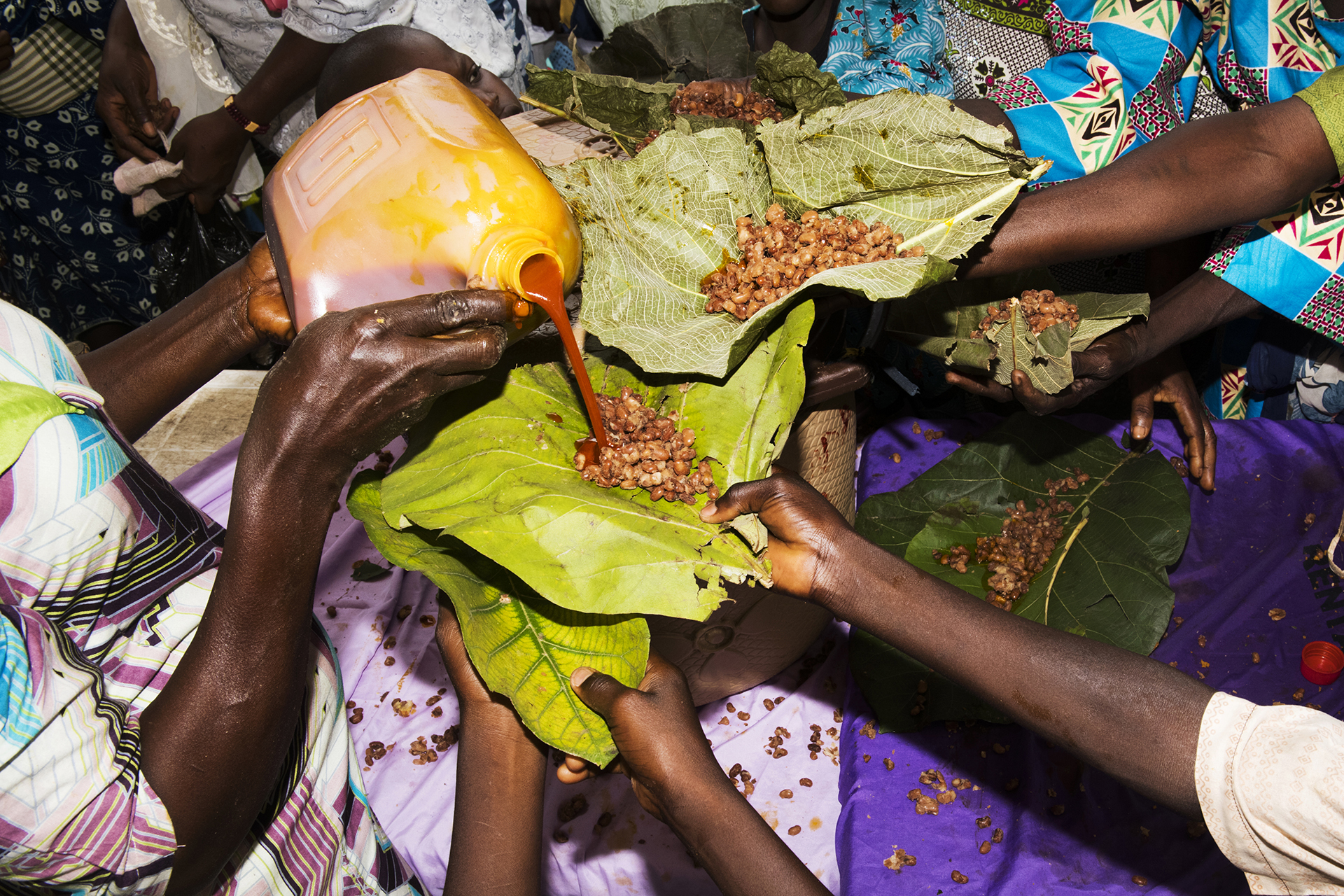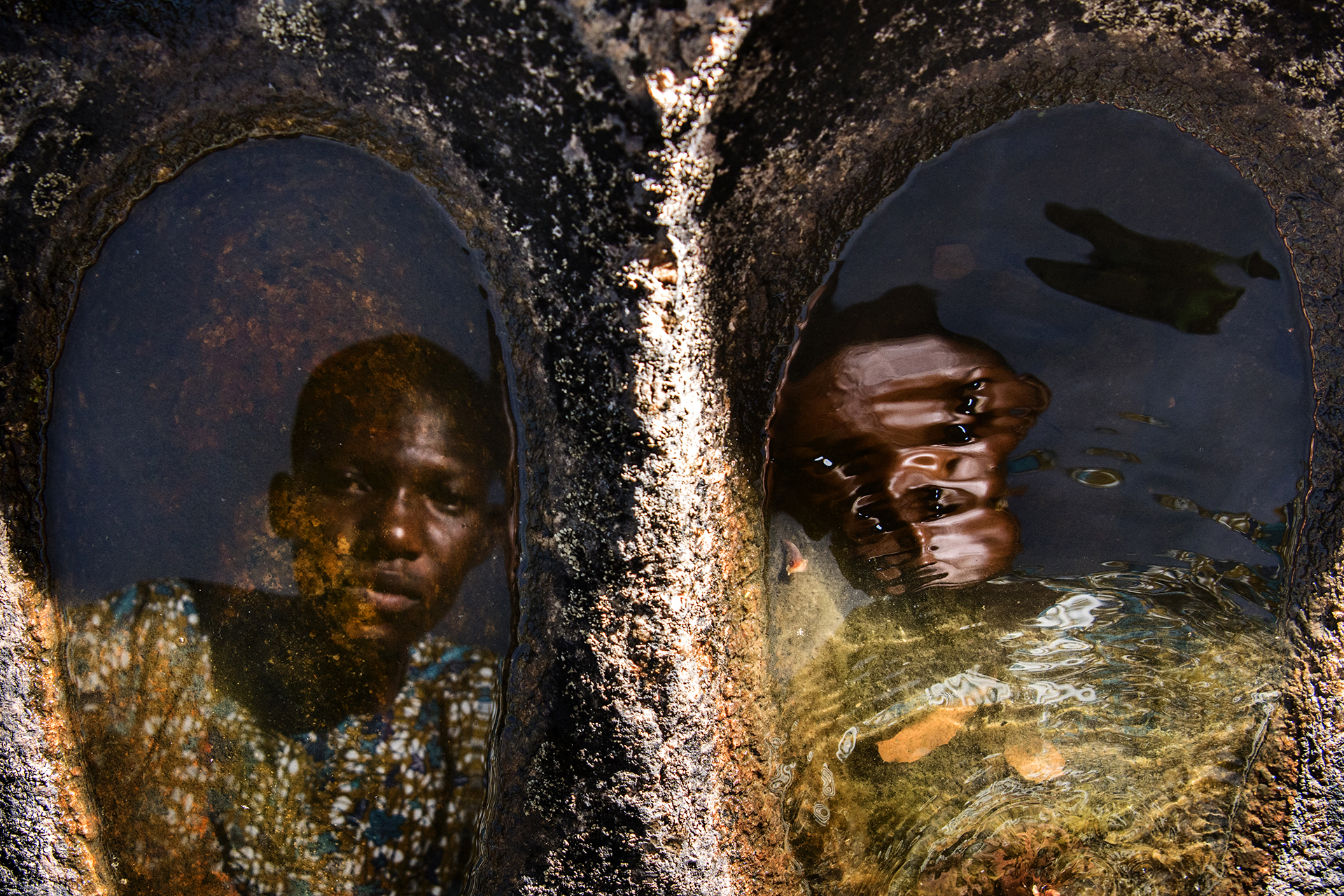TITLE: LAND OF IBEJI, LOCATION: NIGERIA
MEDIA: Photographs
YEAR: 2018
MYTHOLOGY OF TWINHOOD IN NIGERIA
MEDIA: Photographs
YEAR: 2018
‘Land of Ibeji’ is a collaborative photographic project exploring the mythology of twinhood in Nigeria.
West Africa and specifically Yoruba-land (Nigeria’s South West) has four times more twins than any other region in the world. “Ibeji” meaning 'double birth' and ‘the inseparable two’ in Yoruba stands for the ultimate harmony between two people.
In Yoruba beliefs each human has a spiritual counterpart, an unborn spirit double. In the case of twins the spiritual double has been born on earth. The friction, between communities celebrating twins and rejecting them, lies in perception of the twin as an extremely powerful spirit. Some see it as threat and as something that cannot remain on earth and has to be sent back to the heavens where it normally resides.
Through a visual narrative and an aesthetic language that is meant to reflect and empower the Yoruba culture that celebrates twins, the two photographers extend their gaze beyond appearance - with symmetry and resemblance as tools- to open the eyes to the twin as a mythological figure and a powerful metaphor: for the duality within a human being and the duality we experience in the world that surrounds us.
Communities have developed cultural practices in response to this high twin birth rate that vary from veneration to demonisation. In some areas, shrines are built to worship the spirit of the twin and celebrations are held in their honour. In others, twins are vilified and persecuted for their perceived role in bringing bad luck in particular to rural communities.
In Yoruba beliefs each human has a spiritual counterpart, an unborn spirit double. In the case of twins the spiritual double has been born on earth. The friction, between communities celebrating twins and rejecting them, lies in perception of the twin as an extremely powerful spirit. Some see it as threat and as something that cannot remain on earth and has to be sent back to the heavens where it normally resides.
To highlight the ‘magical’ and ‘supernatural’, to visualise that what cannot be seen; 2 colour filters were used in certain pictures, amplifying the duality of two photographers, two individuals, two identities; two perceptions coloured differently. Colours symbolising contradictory beliefs: purple for the spiritual and heavenly and red for the earthly, danger. Layers of portraiture, double exposure, landscape and still life come together as visual narrative translating the mythology of twinhood. The photographers are using various genres with duality as a key theme: the metaphor and the literal, the visible and the invisible, the material and the spiritual.
In Yoruba beliefs each human has a spiritual counterpart, an unborn spirit double. In the case of twins the spiritual double has been born on earth. The friction, between communities celebrating twins and rejecting them, lies in perception of the twin as an extremely powerful spirit. Some see it as threat and as something that cannot remain on earth and has to be sent back to the heavens where it normally resides.
To highlight the ‘magical’ and ‘supernatural’, to visualise that what cannot be seen; 2 colour filters were used in certain pictures, amplifying the duality of two photographers, two individuals, two identities; two perceptions coloured differently. Colours symbolising contradictory beliefs: purple for the spiritual and heavenly and red for the earthly, danger. Layers of portraiture, double exposure, landscape and still life come together as visual narrative translating the mythology of twinhood. The photographers are using various genres with duality as a key theme: the metaphor and the literal, the visible and the invisible, the material and the spiritual.
